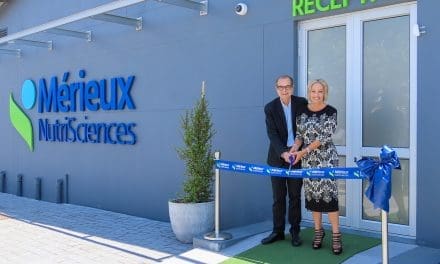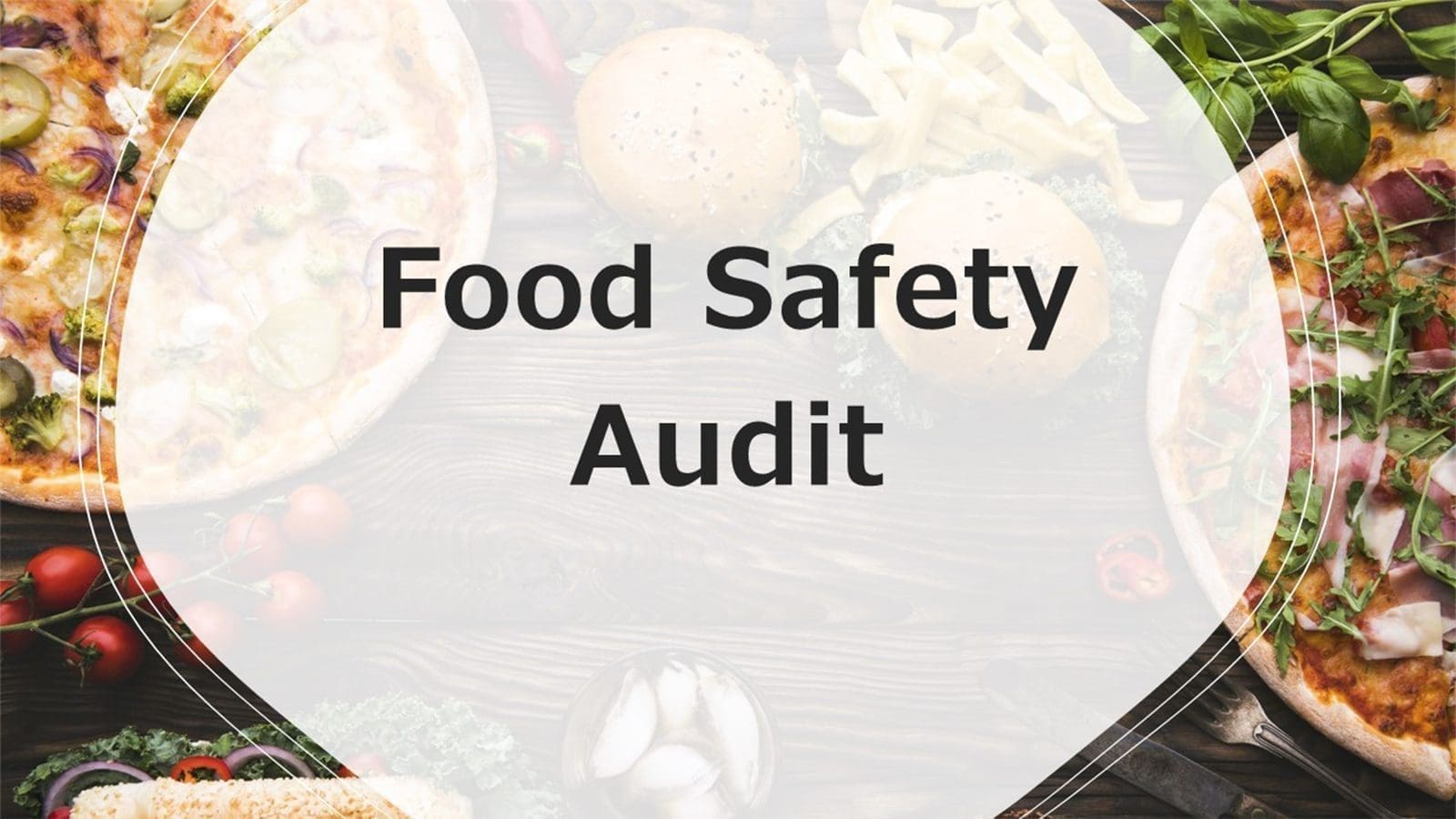CANADA – Renaissance BioScience Corp., a global bioengineering company, has received new patent allowances and grants for its acrylamide-reducing yeast, covering China, Russia, India, Australia and Vietnam.
The five new patent grants and allowances join previously issued patents from the US, Japan, Indonesia, Chile and Colombia, with patents pending in multiple additional markets.
The company’s yeast reduces the formation of acrylamide, a potentially carcinogenic substance in many common cooked foods including crackers, bread, cookies, cereals and the like.
Dr. John Husnik, the CEO and CSO of Renaissance BioScience CEO and CSO remarked that acrylamide is a carcinogen of global concern – especially for children, who tend to consume more than adults due to their daily diet of many common foods that unfortunately contain this carcinogen.
“We are especially pleased that our acrylamide-reducing yeast is finding acceptance and being commercialized by food manufacturers in markets all around the world with a mandate to reduce the presence of this contaminant in their products,” he said.
Acrylamide forms at high temperatures of about 1200c and above during baking, frying, roasting and toasting when asparagine, a naturally occurring precursor amino acid, found in many carbohydrate-rich food sources – including rice, grains and potatoes – converts to acrylamide during the cooking process.
It continues to form until either all the asparagine has been converted, or when cooking has been completed and the temperature drops below 120°C.
Made through a partnership with Kerry, the world’s leading taste and nutrition company, Renaissance’s clean label acrylamide-reducing yeast targets acrylamide reduction in biscuits, chips, crackers, bread, cereals and many other everyday foods and snacks.
Renaissance uses adaptive evolution engineering techniques to develop its non-GMO asparagine-reducing yeast, which is licensed globally.
In food manufacturing, the live ingredient is added during the standard manufacturing processing stage, where it immediately begins to consume asparagine and quickly reduces the potential for acrylamide formation when the mixture is later cooked above 120°C (248°F).
In addition to acrylamide formation in the creation of processed foods at the manufacturing level, further cooking at home can restart acrylamide formation. This is why consumers are advised not to cook their toast or French fries too dark, because longer cooking allows more acrylamide to be generated.
Acrylamide; a universal menace
Acrylamide was first discovered to be prevalent in many different foods worldwide in the early 2000s.
Since then, a number of global regulatory bodies have moved to monitor, regulate and issue warnings of its presence in foods and beverages as a public health issue.
The European Union (EU) first formulated acrylamide regulations in 2018, marking the beginning of legislation that restricts the amount of acrylamide allowed in packaged foods, instigating reformulation strategies.
The European Consumer Organization (BEUC) has since accentuated the need for more efforts to protect consumers from acrylamide in food.
A BEUC-led study previously uncovered that many products across different food categories – including biscuits, wafers, baby food products, and potato crisps – were at or above the benchmark for this contaminant.
The California Prop 65 warning is another impactful policy that aims at curbing acrylamide contamination. It requires companies to indicate specific names of potentially harmful chemicals that have been included on the list and include a warning symbol on the product if they exceed acceptable levels.
Researchers have worked to produce ultra-low asparagine, non-GM wheat using genome editing for safer and healthier bakery products in bid to curb the rifeness of this compound.
Liked this article? Subscribe to Food Safety Africa News, our regular email newsletters with the latest news insights from Africa and the World’s food safety, quality and compliance. SUBSCRIBE HERE








